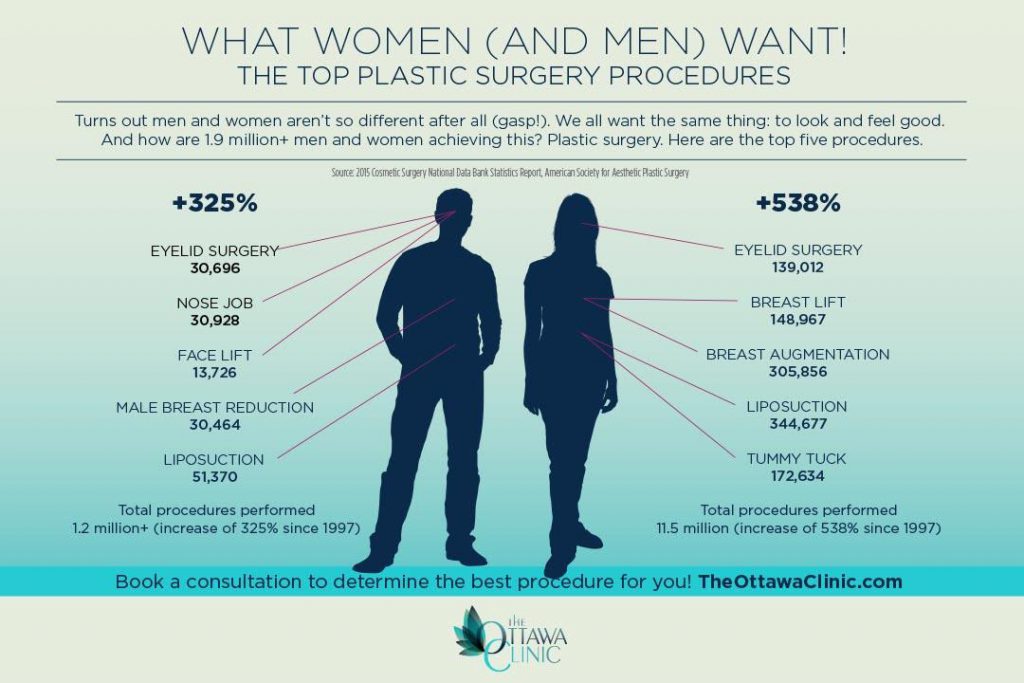AHAs are a vital active ingredient for unclogging pore blockages and lightening up acne-prone skin. They work by breaking down dead skin cell accumulation to promote more recent, fresher cells, and stopping future blockages.
Developing topical AHAs demands meticulous interest to different vital factors that considerably affect their efficiency and tolerability. Keeping the optimal pH variety, together with automobile option and concentration, amplifies their exfoliative characteristics while alleviating prospective damaging responses.
Glycolic acid
Glycolic acid is known for its mild yet effective exfoliating residential properties, which advertise skin's all-natural losing and loosen the "glue" that holds dead cells on the surface of the skin. This helps unclog pores and reduce the look of great lines and creases, along with boost total skin appearance and tone.
Surprisingly, topical glycolic acid has actually also been revealed to boost the production of collagen, which is crucial in maintaining skin's firmness and elasticity. It is essential to note, nevertheless, that since glycolic acid can promote the skin's sensitivity to sunlight, it is necessary to use sunscreen when utilizing any type of products including this component.
Skin specialists pay cautious interest to the formulation of products including AHAs in order to optimize their efficacy and tolerability. Formulating AHAs with the suitable vehicle, along with pH and concentration considerations, permits optimum skin infiltration while decreasing possible negative responses. This is especially important for clients with sensitive skin, because AHAs are known to be mildly irritating.
Lactic acid
Lactic acid is located in several non-prescription skin treatment items and some stronger professional peels and treatments. It has the most affordable molecular weight of all the AHAs and has the ability to pass through much deeper into the skin, where it is much more effective at unclogging pores and exfoliating.
Like glycolic acid, it additionally boosts collagen synthesis, which assists decrease fine lines and creases and boost skin structure. Furthermore, it has moisture-retention residential or commercial properties, which makes it preferable for drier skin kinds than various other AHAs.
The comprehensive body of clinical information confirming the effectiveness of topical AHAs supports their utility in a wide range of skin-related conditions and aesthetic concerns. These consist of complex skin renewal procedures, depletion of great lines and wrinkles, lightening of hyperpigmentation, healing treatment for actinic keratosis, and acne administration [2] Optimizing the solution of AHAs by stabilizing pH, concentration, and vehicle option even more enhances their healing capacity. These careful factors to consider allow dermatologists to supply secure and efficient treatments that supply exceptional clinical outcomes.
Mandelic acid
Mandelic acid, originated from almonds, is another participant of the AHA household and is a popular active ingredient in products that acne facial aid deal with acne. Its larger molecular dimension implies it penetrates the skin a lot more slowly and delicately, which can decrease the potential for inflammation. It's also much less likely to trigger inflammation and other skin level of sensitivity problems, making it ideal for delicate skin types.
Mandelic Acid is believed to help reduce swelling and boost hydration. It functions by loosening the bonds in between dead skin cells, enabling them to lose and expose fresher-looking skin. It also helps in reducing the appearance of bigger pores.
Formulating topical items with AHAs requires a specific balance of vital elements that dramatically affect their efficiency and tolerability. Particularly, the pH of an AHA solution has been revealed to play a vital duty in its capability to advertise exfoliation and boost skin tone and appearance. Achieving this optimum concentration is a difficult goal and needs thorough interest to the numerous elements that influence the formulation procedure.
Citric acid
Citric acid, found in citrus fruits such as oranges and lemons, is a moderate AHA. It's much less irritating than glycolic or lactic acid, making it preferable for sensitive skin. It likewise has astringent properties, assisting to dry excess oil.
Like other AHAs, citric acid can be made use of in chemical peels and daily active/maintenance treatments to scrub the skin and promote cell turn over. It can help in reducing the appearance of dark areas and hyperpigmentation, along with fine face lines.
It can also enhance the synthesis of glycosaminoglycans, which play a vital role in enhancing the skin obstacle function. This assists to avoid trans-epidermal water loss, and maintain optimum hydration levels in the skin [35]
AHAs can be integrated with calming ingredients such as ceramides or hyaluronic acid to enhance their tolerability. They can be included into everyday active/maintenance skin care through cream or lotion solutions. This allows professionals to customize their AHA treatments based on person needs and preferences, with the versatility of picking from different treatment strengths or focus.
